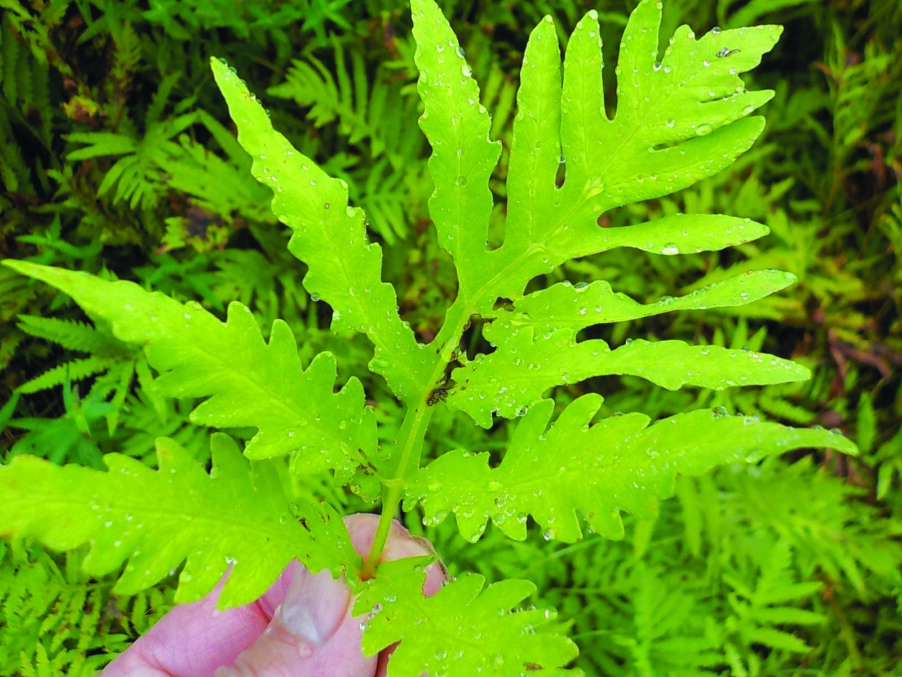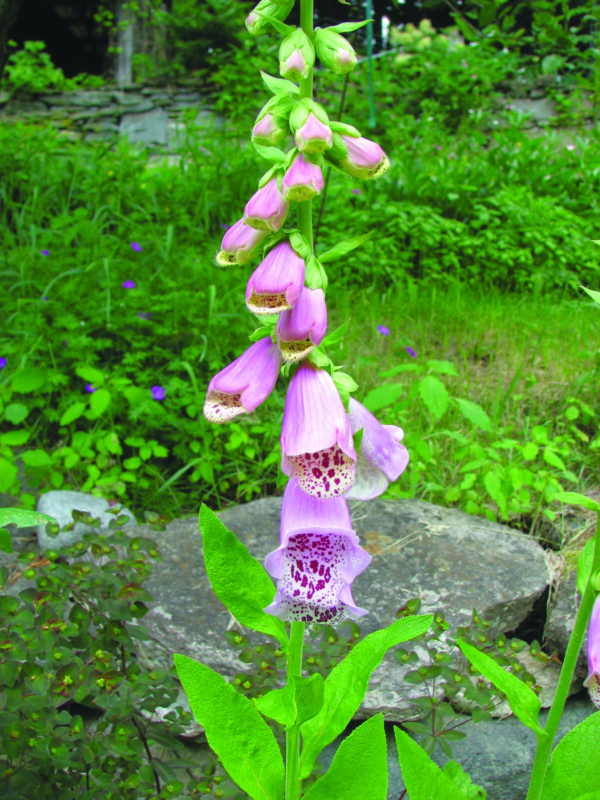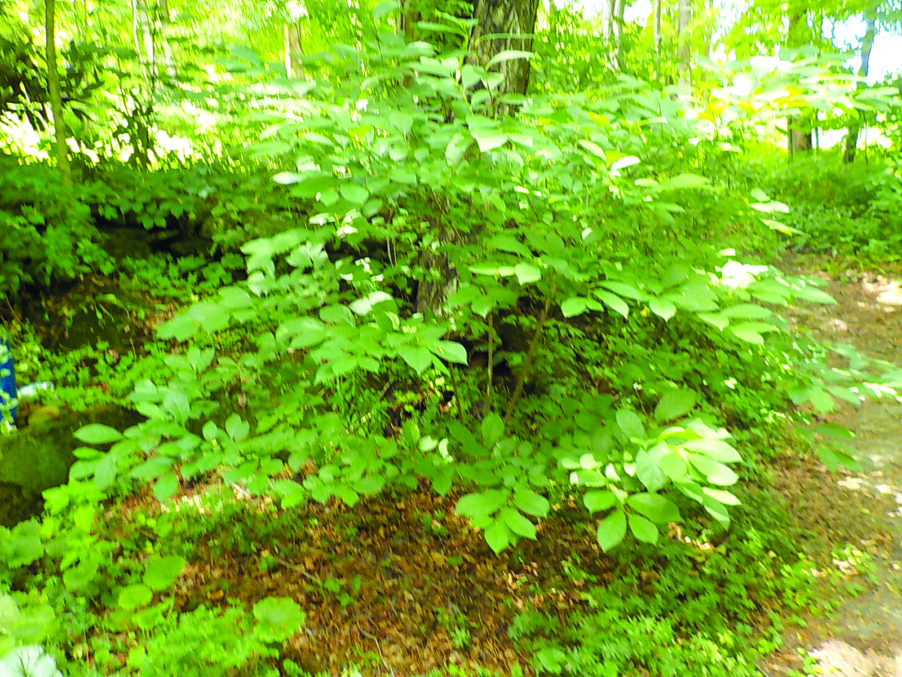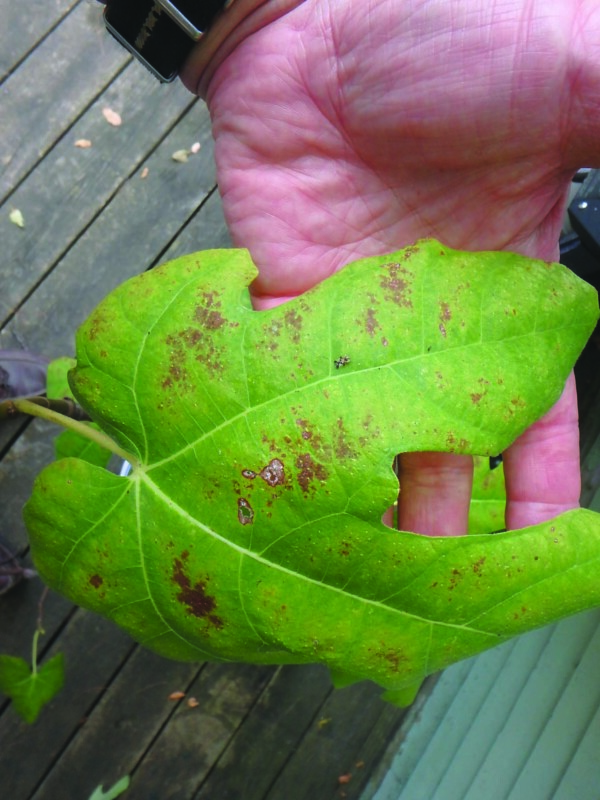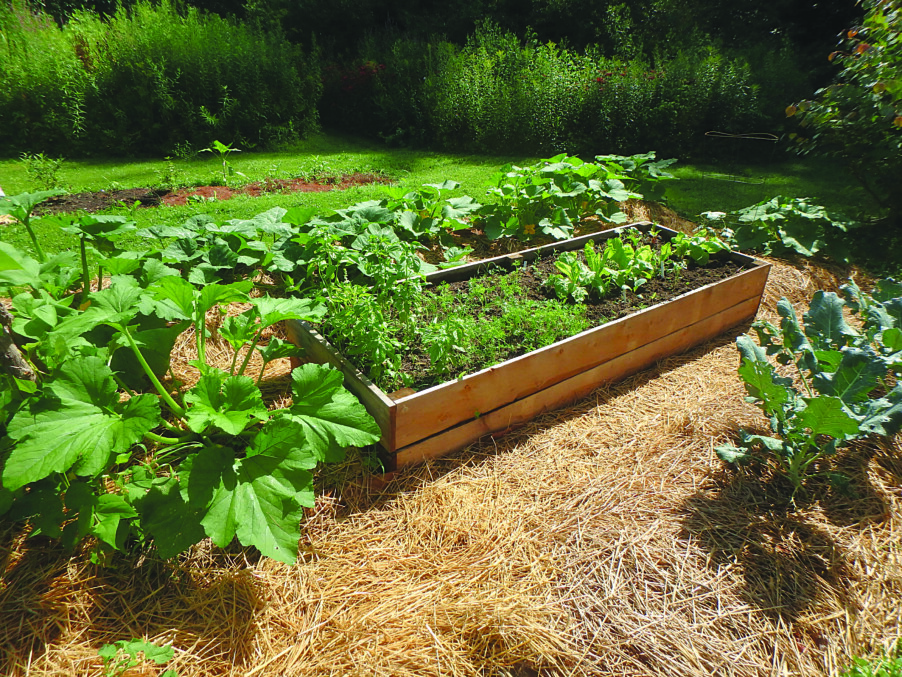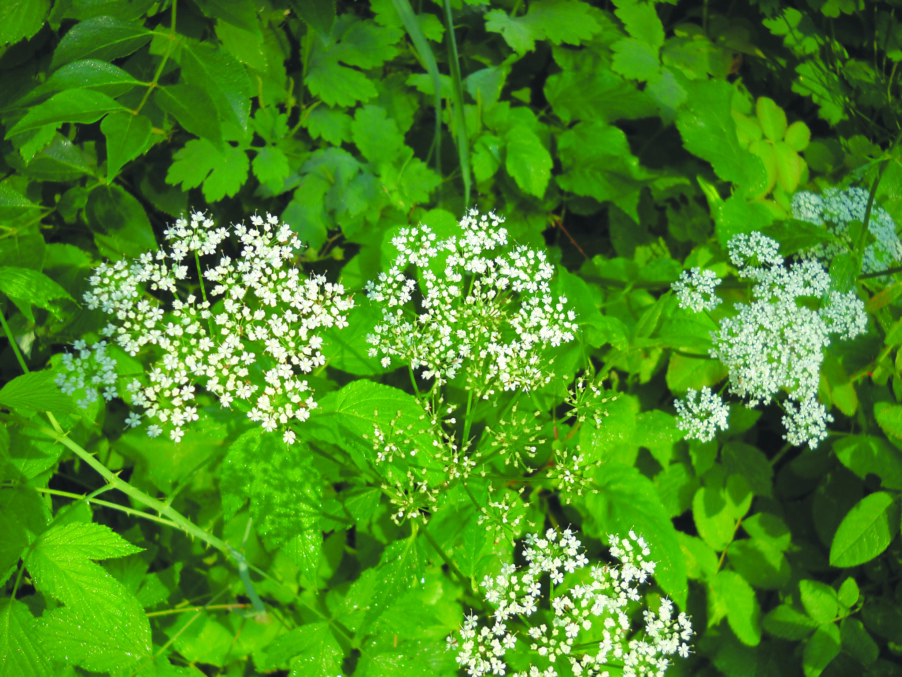Sensitive fern, interrupted fern, ostrich fern — take your pick
Many gardeners who focus on flowers and flowering shrubs are missing out on a beautiful and easy addition to their landscape: ferns. A few ferns are a bit aggressive and can elbow their way into flower beds uninvited, but most are polite and offer different textures and colors of foliage with little work.
One of my favorite ferns is the ostrich fern (Matteuccia struthiopteris). This is a big fern, with fronds up to 5 feet tall. Each fern tapers at both ends, and they arrange themselves like the feathers of a badminton birdie. Its most distinguishing characteristic is a groove like you see in a stalk of celery, up the middle of each frond on the topside. It also produces fronds that turn brown and produce the spores.
In the wild, the ostrich fern prefers moist, shady places, but it will grow almost anywhere that is not bone dry or in full sun. It will tolerate some sun and ordinary garden soil, but rich, moist soil is where it thrives. Ostrich fern will spread by rhizomes, adding about a square foot of territory to each plant per year. They also produce spores that can fly in the wind to expand their territory.
Although you can buy ostrich ferns, you may be able to transplant some from your own property, moving them in from the woods or field to a garden bed. I have successfully transplanted ostrich ferns using a long, narrow shovel called a drain spade or transplant shovel. I push the spade into the soil on a 45-degree angle to cut roots and loosen the soil in four places around it, then push down on the spade to pop the plant, roots and all, from the ground. Best to do on a cool day after a rain, if we ever see one!
Another great fern is the maidenhair fern (Adiantum pedatum). In the spring it comes up on what look like black wires, then produces almost horizontal fronds that are fan-shaped. In the wild it indicates good rich soil. Books say it does well in moist, shady soil, but I’ve had it for more than 20 years in dry shade. I think once established it is fine in dry shade, but I’d water it for the first year if in dry shade, or in drought times.
Maidenhair fern is commonly sold in nurseries. I have also grown it in a pot on our north-facing deck. In our garden, a plant (or three?) has created a clump that is 8 feet by 4 feet in 20 years, so it’s not a fast spreader.
Christmas fern (Polystichum acrostichoides): Unlike nearly all others, this fern stays green all winter and has very dark green leaves. It grows in free-form clusters and has simple leaves. The leaflets have a little bump (ear) near the base of each frond and are 1 to 3 feet long. In past times, it was commonly used by florists as a green to add to flower arrangements in winter, though that practice is no longer common as whole colonies were used up.
Sensitive fern (Onoclea sensibilis): This fern has light green leaves that are quite wide. Leaflet pairs are opposite each other (like a bow tie). Top-most leaflets are smooth; others have wavy edges. It is very frost-sensitive, hence the name. It often grows in big colonies, either in sun or shade. Can be a pest in the garden as it spreads by root. It is the only fern that I always pull out if it shows up in my garden as it spreads fast.
Interrupted fern (Osmunda claytoniana): This is a big fern with fronds up to 5 feet long in a vase-like arrangement. It will grow in wet or dry shade. When spores are produced, they interrupt the arrangement of leaflets with smaller spore-producing sections that are not like the other leaflets. But not all plants will have an interrupted section, so look at a colony to find some that do to confirm the I.D. The little leaflets that produce spores get dry and turn brown in mid-summer.
Another fern I like is the hay-scented fern (Dennstaedtia punctilobula). If you have crushed this fern and sniffed it, it smells like fresh-cut hay. It is finely cut and stays just 1 to 3 feet tall. It is one of the few that will grow in a hot, sunny spot such as a west-facing, sandy hillside, though it does grow in shade. It spreads quickly and will fill in an area, making a large colony. It will out-compete weeds and grasses in sunny locations.
Are you interested in learning about ferns? Many guides use lots of technical language that only fern scientists understand. One exception is Identifying Ferns the Easy Way: A Pocket Guide to Common Ferns of the Northeast by Lynn Levine. There are just 28 common ferns in the book, and there are silhouettes of each at the beginning of the book. The silhouettes are divided into six groups based on how the leaves are “cut.” So a quick look will identify most ferns, and the straightforward descriptions quickly confirm which fern you are looking at.
Observe where ferns grow in your woodlands, and try digging up some to put in a shady garden in your cultivated areas. Stop discriminating against ferns and give some a try!
Featured photo: Sensitive Fern. Photo by Henry Homeyer.

